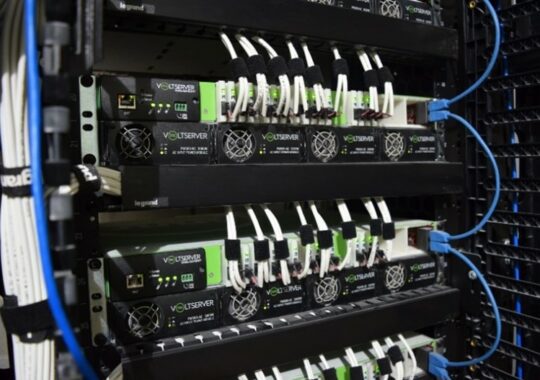How Can IT Systems Elevate Your Designs?
Integrating Systems in Today’s Tech Landscape
In the evolving landscape of enterprise building designs, the integration of Information Technology Systems (ITS) represents a seismic shift, transitioning from traditional frameworks to a new paradigm that emphasizes efficiency, security, and adaptability. This transformation is particularly evident in multidisciplinary design projects, where the synergy between various architectural and engineering disciplines and cutting-edge ITS solutions is setting new benchmarks for innovation and functionality.
At the heart of this revolution is the strategic incorporation of network knowledge and cybersecurity measures, embodied by the implementation of Next-Generation Firewalls (NGFW) and Software-Defined Networking (SDN). These technologies are not just add-ons but foundational elements that ensure the integrity, resilience, and agility of the entire project infrastructure.
Consider the challenge faced in creating a smart, secure, and sustainable enterprise building. Traditional approaches often treated ITS and cybersecurity as afterthoughts, leading to fragmented systems that were vulnerable and inefficient. However, by embedding NGFW and SDN from the outset, we can design a network that is both robust against threats and flexible enough to adapt to changing needs and technologies.
A personal anecdote underscores the impact of this approach: In a recent project, I was tasked with overhauling the network infrastructure for a client’s new headquarters. By integrating NGFW with SDN, we not only secured the network against sophisticated cyber threats but also achieved unprecedented control over traffic flow, enabling automated, policy-driven security measures. This solution proved to be a game-changer, enhancing the building’s security posture without compromising on performance or scalability.
This integration of ITS into multidisciplinary designs does more than just address security concerns; it facilitates a level of interconnectivity and automation going beyond the old paradigms. For instance, by leveraging the cutting-edge features of network intelligence, we can now design energy systems that dynamically adjust to occupancy levels, AV systems that offer seamless experiences across different spaces, and real-time network monitoring ensuring your network dynamically adapts in today’s diversely converged networks.
Moreover, the inclusion of ITS from the project’s inception fosters a collaborative environment among all disciplines involved. Architects, engineers, and IT specialists work hand in hand, ensuring that the infrastructure not only supports but also enhances the architectural vision and functional requirements of the building. This holistic approach leads to solutions that are not just technically sound but also aligned with the client’s strategic objectives, offering them a competitive edge.
As we look to the future, the integration of ITS in enterprise building designs is not just a trend but a fundamental shift towards creating more intelligent, responsive, and secure environments. This new paradigm demands a blend of technical acumen, strategic vision, and collaborative innovation; qualities that our firm embodies and champions in every project we undertake. By embracing ITS as a central component of multidisciplinary design, we are not just preparing for the future; we are actively shaping it, offering our clients cutting-edge solutions that redefine what’s possible in enterprise architecture.


